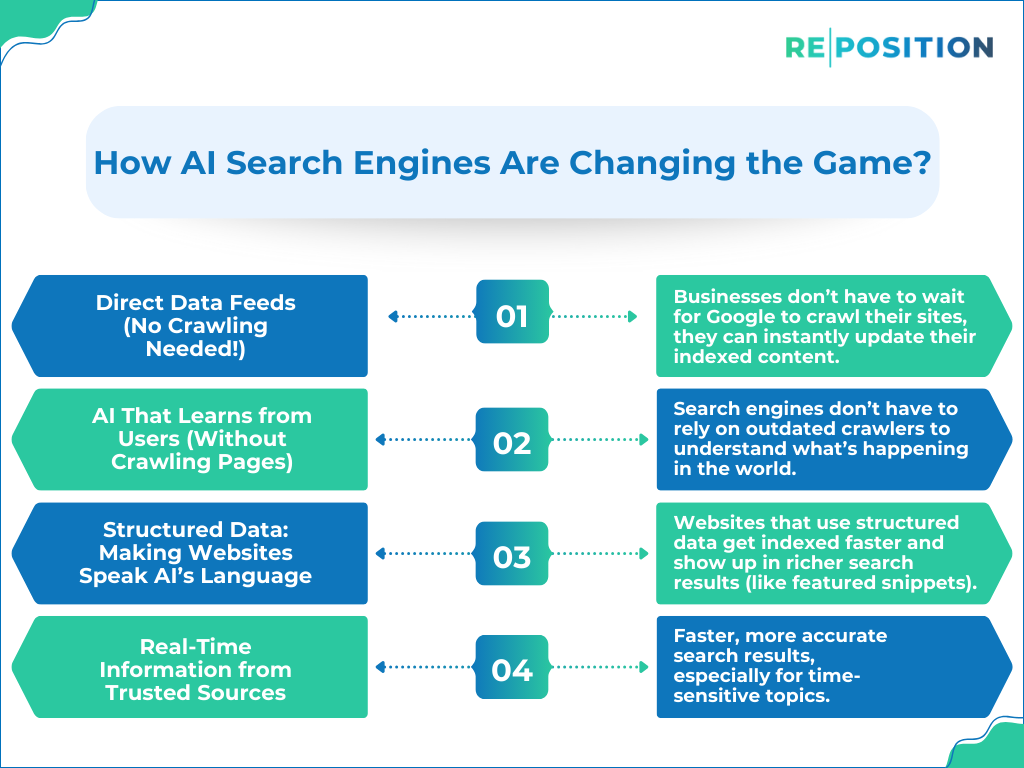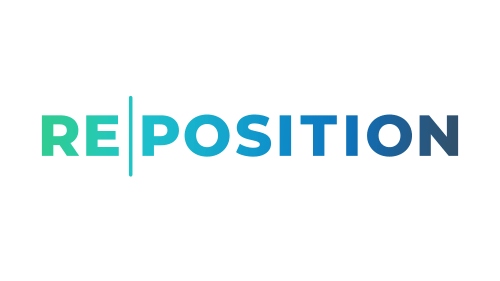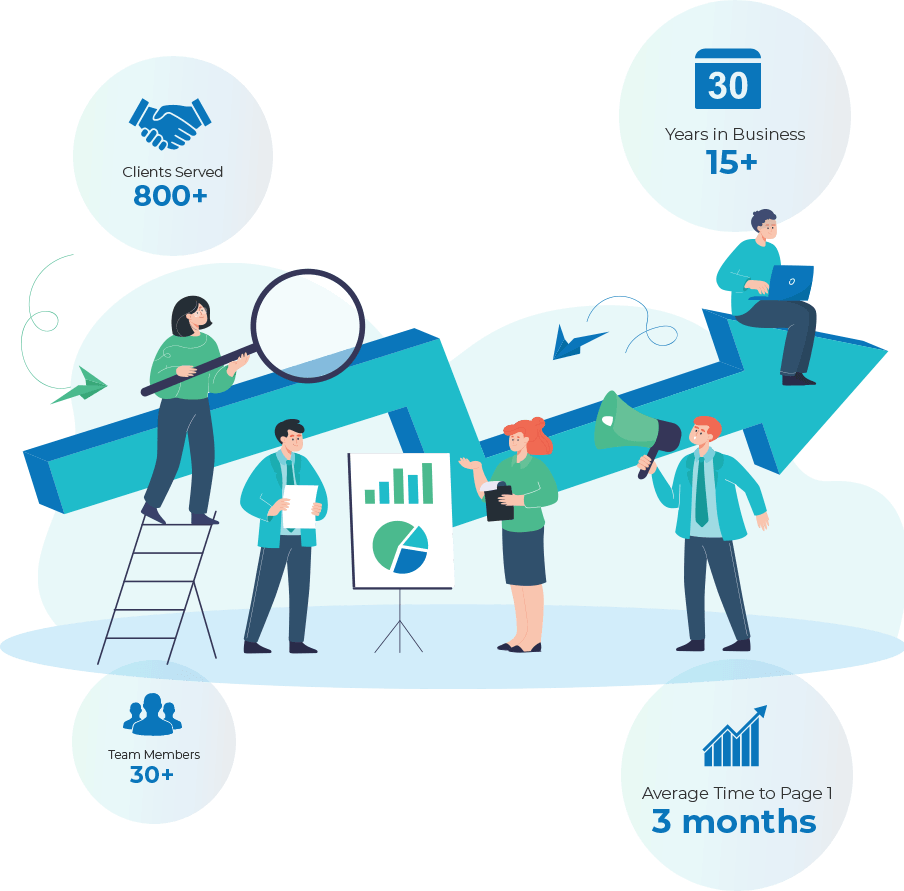AI Search Engines
For years, search engines worked the same way: they sent out bots (called crawlers) to scan websites, gather information, and store it in their database. This process, called indexing, made it possible for Google, Bing, and other search engines to show relevant results when you searched for something.
But now, AI-powered search engines are flipping the script. They’re moving away from these old-school crawlers and finding smarter, faster ways to index the web.
What does this mean for website owners, businesses, and everyday internet users?
Let’s get into the details.
Why Are Search Engines Moving Away from Crawlers?
Traditional crawling has been around for decades, but it’s far from perfect. Here’s why search engines are shifting to AI-driven indexing:
1. Crawlers Are Slow
Ever published a new blog post and waited weeks for Google to index it? That’s because crawlers don’t scan the entire web instantly, they follow links, moving from one page to another, and that takes time.
2. They Miss Out on a Lot of Content
Not all websites are easy to crawl. Pages behind logins, certain JavaScript-heavy websites, and fast-changing content (like live sports scores) aren’t indexed quickly or accurately.
3. Crawling Is Expensive
Search engines like Google spend millions of dollars maintaining massive servers to crawl and store web data. AI-powered indexing is far more efficient.
So, how are AI search engines handling indexing without crawlers?
How AI Search Engines Are Changing the Game?

Instead of relying on bots to scan web pages one by one, AI-powered search engines are using smarter ways to gather information.
Here’s how:
1. Direct Data Feeds (No Crawling Needed!)
Instead of waiting for a crawler to discover new content, websites can directly send their latest updates to search engines using APIs (Application Programming Interfaces).
Example: Google’s Merchant Center lets e-commerce websites push their latest product data straight to Google Shopping. No crawling is required!
Why this matters: Businesses don’t have to wait for Google to crawl their sites, they can instantly update their indexed content.
2. AI That Learns from Users (Without Crawling Pages)
AI-powered search engines don’t just scan web pages, they learn from people and adjust their results based on real-time interactions.
Example: If millions of users start asking an AI search assistant, “What happened at the Apple event today?”, it doesn’t wait for crawlers to find articles. Instead, it pulls information from live data sources, news outlets, and even social media.
Why this matters: Search engines don’t have to rely on outdated crawlers to understand what’s happening in the world.
3. Structured Data: Making Websites Speak AI’s Language
Search engines no longer need to “guess” what’s on a webpage. Structured data (like Schema Markup) lets websites provide information in a way that AI can understand instantly.
Example: A recipe website using structured data can tell Google exactly what ingredients and cooking times a dish has, without needing a crawler to “read” the entire page.
Why this matters: Websites that use structured data get indexed faster and show up in richer search results (like featured snippets).
4. Real-Time Information from Trusted Sources
AI search engines prioritize real-time updates from trusted sources instead of waiting for crawlers to find new pages.
Example: If there’s an earthquake, AI search engines pull data from the US Geological Survey (USGS) or emergency services instead of crawling news websites for updates.
Why this matters: Faster, more accurate search results, especially for time-sensitive topics.
What Does This Mean for Website Owners And SEO?
If AI search engines aren’t relying on crawlers anymore, does that mean traditional SEO is dead? Not at all, but it’s evolving. Here’s what you should focus on:
1. Make Sure Your Website Uses Structured Data
Search engines love websites that provide clear, structured information. If you’re not using Schema Markup, you’re making it harder for AI search engines to understand your content.
➡ Action Step: Use Google’s Structured Data Testing Tool to check if your site is AI-friendly.
2. Focus on Real-Time Engagement (Not Just Keywords!)
AI search engines learn from how users interact with your content, not just the keywords on your page.
➡ Action Step: Encourage comments, shares, and discussions on your website and social media to stay relevant in AI-driven search.
3. Build Direct Relationships with Search Platforms
More search engines are letting businesses submit data directly instead of waiting for crawlers.
➡ Action Step: If you run an e-commerce store, connect your product feed to Google Shopping so your products show up instantly.
4. Prioritize Fresh, High-Quality Content
AI-powered search engines favor websites that provide unique, valuable, and up-to-date content.
➡ Action Step: Keep your content updated and ensure it offers real insights, not just recycled information from other websites.
Is This the End of Crawlers?
Not yet, but we’re heading in that direction. AI-powered indexing is:
- Faster
- More efficient
- Better at understanding real-time information
For website owners and businesses, the key takeaway is simple: Adapt to AI-friendly SEO practices now, or risk being left behind.

 SEO Services
SEO Services  Request a Quote
Request a Quote
 London
London
